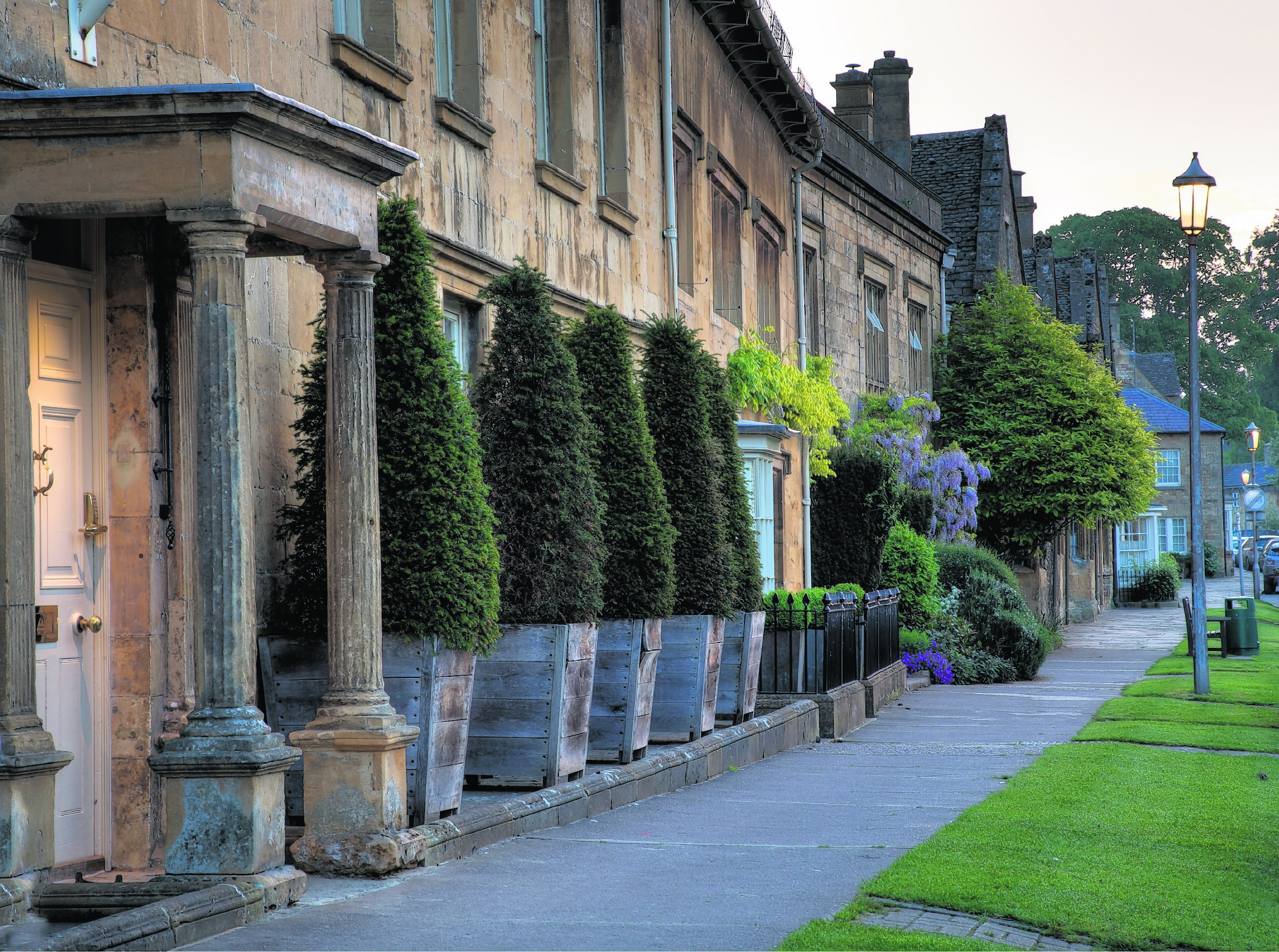There is a lack of understanding among the general public, property owners and construction professionals in the importance of building conservation, and this is potentially putting Scotland’s built heritage at risk.
A basic knowledge of these principles can enhance understanding, improve specification of repairs and extend the life of a building, for example using lime rather than cement-based mortar for repointing stonework.
David Mitchell, director of conservation at Historic Scotland, said: “By adopting a planned approach to maintenance, homeowners can avoid the need for unplanned emergency repairs, save money long term and will also have a traditional property that maintains its original character and retains or even enhances its value.”
David’s tips on how to create a maintenance plan:
1. Carefully draw up an inspection checklist – include all the important elements, components and features of your property, including for example, windows, doors, gutters, external painting, stone features, parapets, cupolas, chimneys, roofs, limewash and vents. etc.
2. Decide on the frequency of inspection for each item – for example, eaves gutters and downpipes, vents and external paint should be checked every six months, and window, doors, gutters, roofs, parapets and main stonework should be checked every 12 months. Identify those items that you can inspect yourself – where you feel competent to judge their condition.
3. Identify those where you require professional help to gain access – for example, roofs for inspection and repair work.
4. Keep a list of recommended tradespeople and professional advisors for both inspection and repair work – it is important to make sure they are familiar with the needs of older buildings and have experience in the use of traditional skills. Don’t be scared to ask them for examples of their previous work, references and perhaps consider visiting a recently completed project. Historic Scotland’s Scottish Conservation Bureau maintains a list of suitable qualified and experienced contractors.
5. Draw up a maintenance plan – identify the maintenance and repair work required over the planned timescale.
6. Inspect your property – start by inspecting from ground level, using binoculars for areas above the first floor. Useful tools and equipment to help you inspect include a trowel for removing plants and silt from gutters, sharp metal probe/knife for checking soundness of timber and joints, wood chisel for loosening seized window sashes, waist bag for holding equipment when on a ladder and a notebook.
7. Think safety – make sure you assess any risks before you inspect,
for example difficulty of access and loose or broken glass. It is advisable to wear heavy-duty gloves and safety goggles, as well as being careful when using ladders.
8.Keep records – keep maintenance inspection checklists together with records of repair work carried out, the contractors involved, dates when the work was carried out, cost and images. This will not only provide a historical record, it will also show you take care of your property, which will be reassuring to potential buyers.
9. Agree the plan with your selected tradespeople – so they can make advance preparations for any work and build this into their forward work plan.

